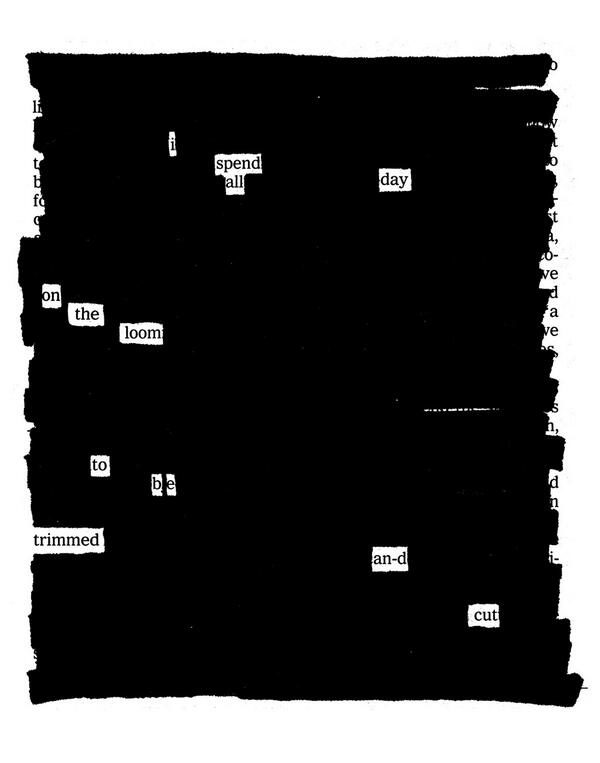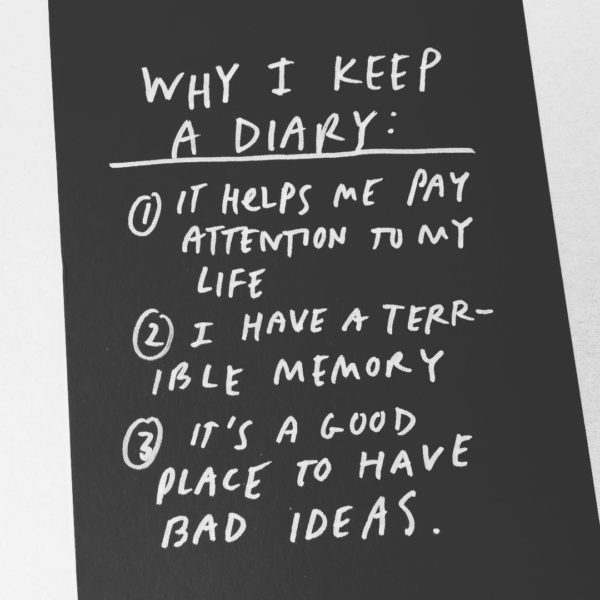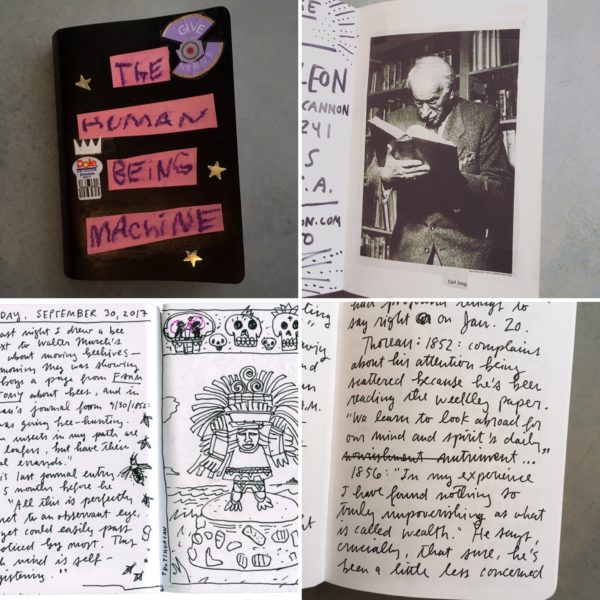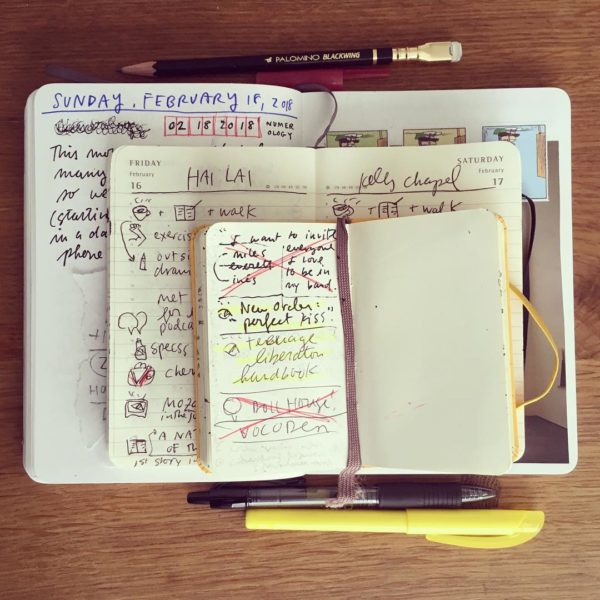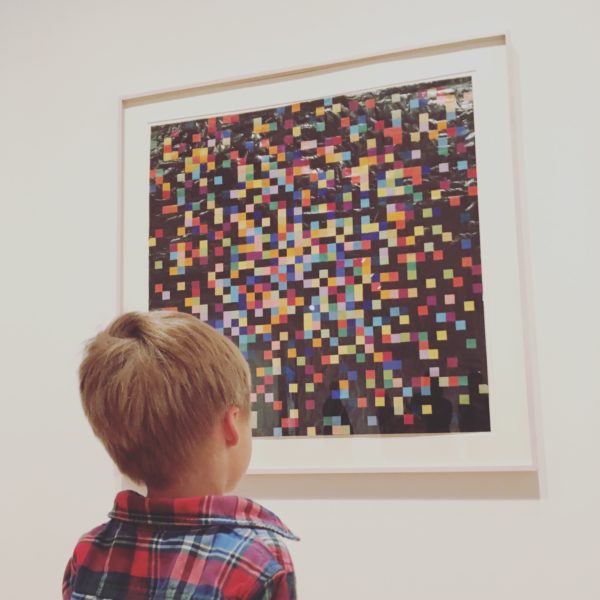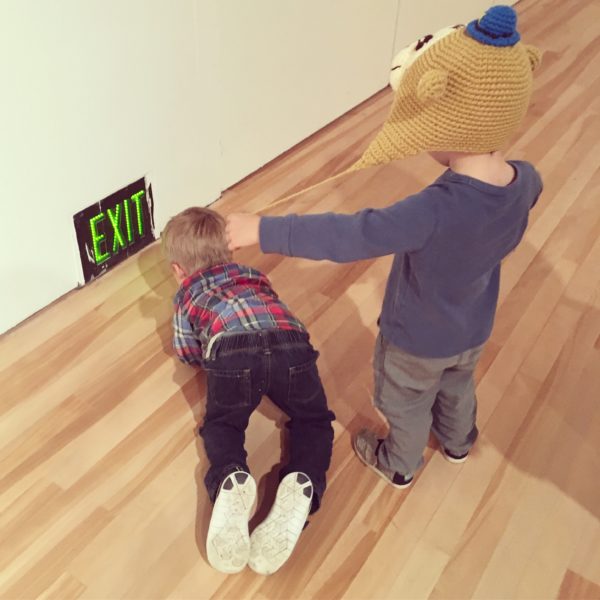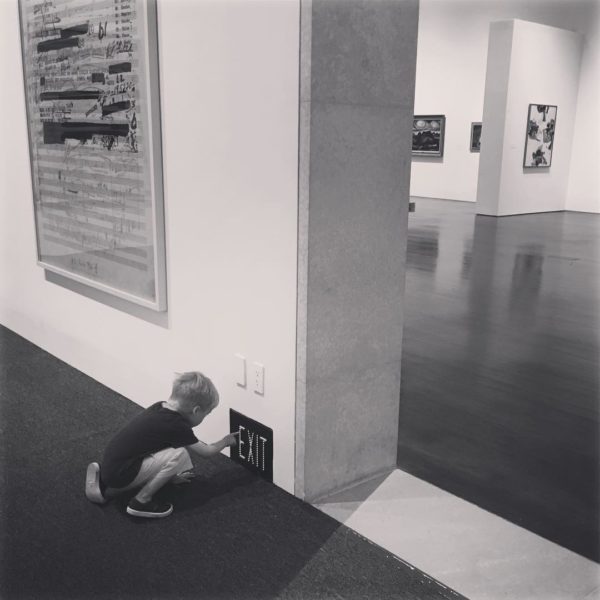
Almost every morning, the 5-year-old asks me to transcribe a Kraftwerk song for him to play on the piano. This morning it was “The Telephone Call,” off Techno Pop. It’s a little complicated, but it’s no harder than “Tour de France,” which he memorized in a day, even though it has a B flat to remember and goes up and down the staff. But as I was going through the notes with him, I said, just to be encouraging, “Oh, this is easy, you’ll have it whipped in no time.”
He attempted the melody several times. I tried to show him a few things. Then he broke down in frustration, totally flipping out on me, screaming, “Papa, it is easy for YOU! It is NOT EASY for me!”
I had inadvertently doomed the endeavor from the start.
I have learned with kids to only give help when it is needed. Every day, I’m learning when to hold my tongue.
Don’t say it’s easy, don’t say it’s hard, don’t say a word about how you think it will go…
